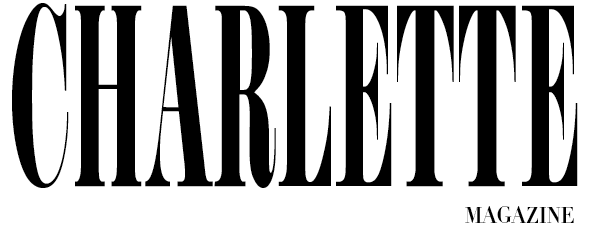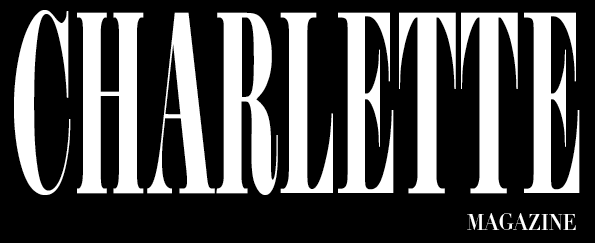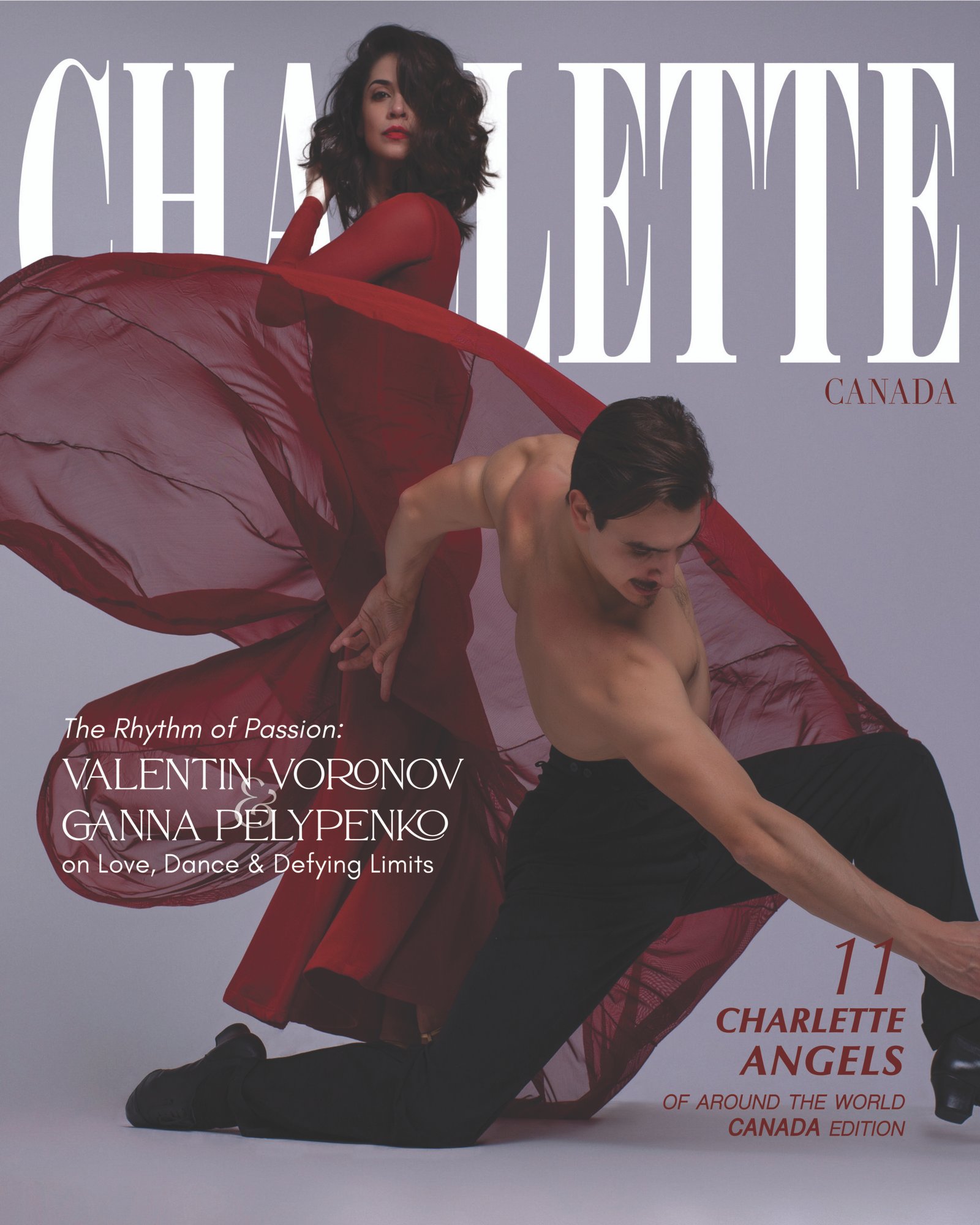 For years, Valentin Voronov and Ganna Pelypenko danced in the same city, moving within the same circles, yet never once crossing paths. It was almost as if fate had its own choreography, deliberately keeping them apart until the moment was just right. When they finally met at a dance camp, it was less of a dramatic revelation and more of an unexpected alignment—like two puzzle pieces clicking together effortlessly. There was no grand epiphany, no instant realisation that their lives were about to change forever. Instead, there was laughter. A shared sense of humour that made every interaction feel light and easy. They parted ways after the camp, returning to their respective lives on opposite sides of the world—one in Toronto, the other in Moscow. But something lingered.
For years, Valentin Voronov and Ganna Pelypenko danced in the same city, moving within the same circles, yet never once crossing paths. It was almost as if fate had its own choreography, deliberately keeping them apart until the moment was just right. When they finally met at a dance camp, it was less of a dramatic revelation and more of an unexpected alignment—like two puzzle pieces clicking together effortlessly. There was no grand epiphany, no instant realisation that their lives were about to change forever. Instead, there was laughter. A shared sense of humour that made every interaction feel light and easy. They parted ways after the camp, returning to their respective lives on opposite sides of the world—one in Toronto, the other in Moscow. But something lingered.
Social media kept them connected, an endless thread of playful comments, witty exchanges, and conversations that never felt forced. It was friendship, uncomplicated and free-flowing. Yet beneath the humour, both of them were quietly struggling. Ganna had reached a breaking point, convinced that the right dance partner simply didn’t exist. She was ready to walk away from it all. She confided in Valentin, not realising he was battling the same doubts about his own career. They weren’t looking for a way out—they were searching for something worth staying for. Then, Valentin made the boldest move of all. “What if we try?” he asked.
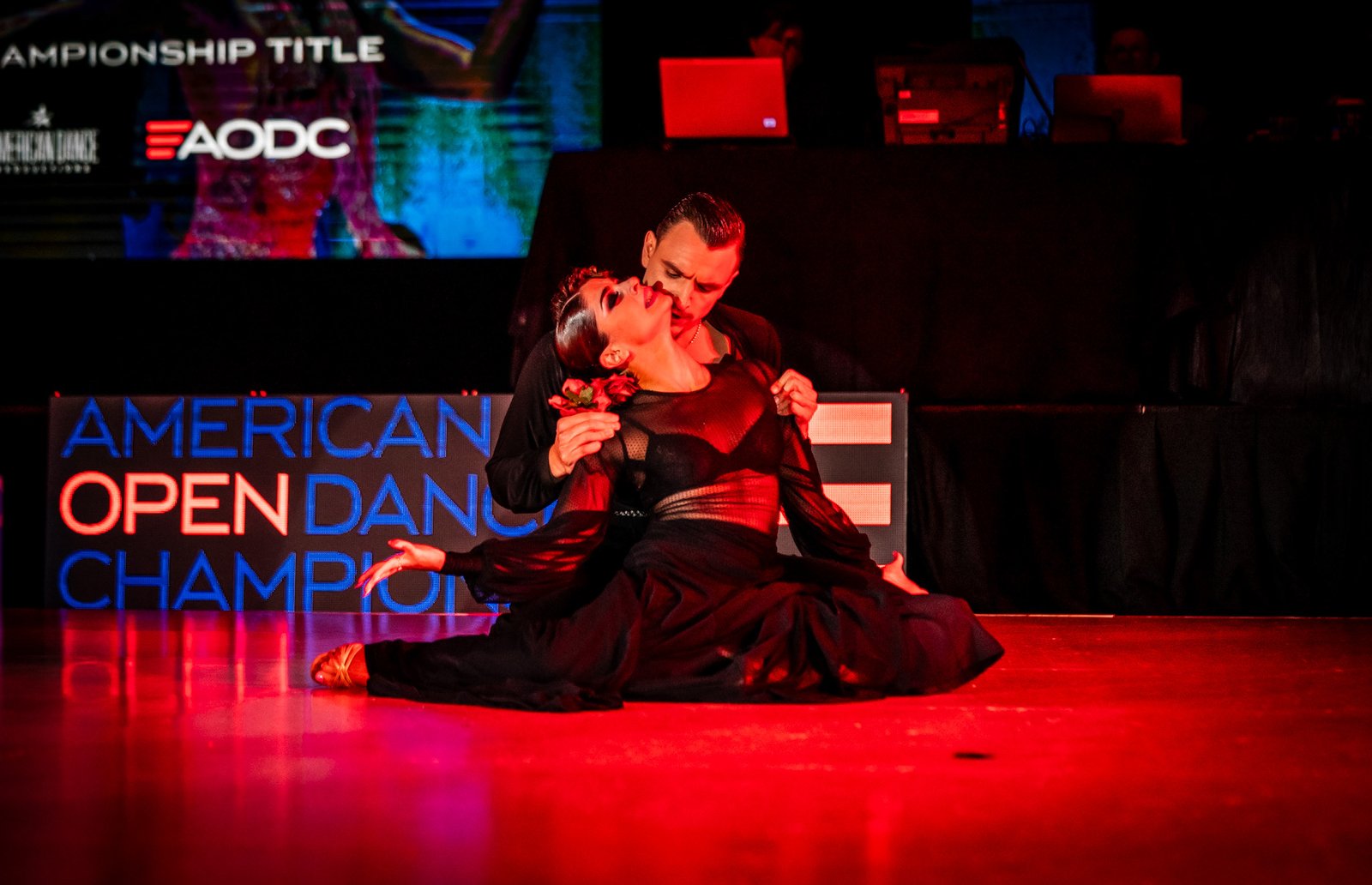 It was a question that changed everything. They met halfway, quite literally, with Ganna flying from Toronto and Valentin from Moscow to a neutral ground—Los Angeles. That first tryout in 2017 wasn’t just a technical test of compatibility; it was a moment that redefined their lives. What started as a dance partnership evolved into something far deeper. Their connection, built on mutual respect and an understanding of each other’s rhythm, extended beyond the dance floor. Before they knew it, they weren’t just partners in dance—they were partners in life.
It was a question that changed everything. They met halfway, quite literally, with Ganna flying from Toronto and Valentin from Moscow to a neutral ground—Los Angeles. That first tryout in 2017 wasn’t just a technical test of compatibility; it was a moment that redefined their lives. What started as a dance partnership evolved into something far deeper. Their connection, built on mutual respect and an understanding of each other’s rhythm, extended beyond the dance floor. Before they knew it, they weren’t just partners in dance—they were partners in life.
 To describe the way they move together is nearly impossible. Spectators often say they are a paradox—so similar, yet so opposite that they magnetite. Valentin brings a quiet, unshakable confidence. He is precise, pragmatic, and trusts his instincts, never second-guessing himself once a decision is made. Ganna, on the other hand, is the perfectionist, always questioning, always searching for ways to make something better. If he is the foundation, she is the architect, shaping each movement into something more. On the dance floor, Valentin’s athletic precision gives Ganna the space to explore artistry—the curves, the drama, the storytelling. Off the floor, their dynamic is the same. He is steady and sure, while she is the one who notices every detail, planning the next step before the first is even complete.
To describe the way they move together is nearly impossible. Spectators often say they are a paradox—so similar, yet so opposite that they magnetite. Valentin brings a quiet, unshakable confidence. He is precise, pragmatic, and trusts his instincts, never second-guessing himself once a decision is made. Ganna, on the other hand, is the perfectionist, always questioning, always searching for ways to make something better. If he is the foundation, she is the architect, shaping each movement into something more. On the dance floor, Valentin’s athletic precision gives Ganna the space to explore artistry—the curves, the drama, the storytelling. Off the floor, their dynamic is the same. He is steady and sure, while she is the one who notices every detail, planning the next step before the first is even complete.
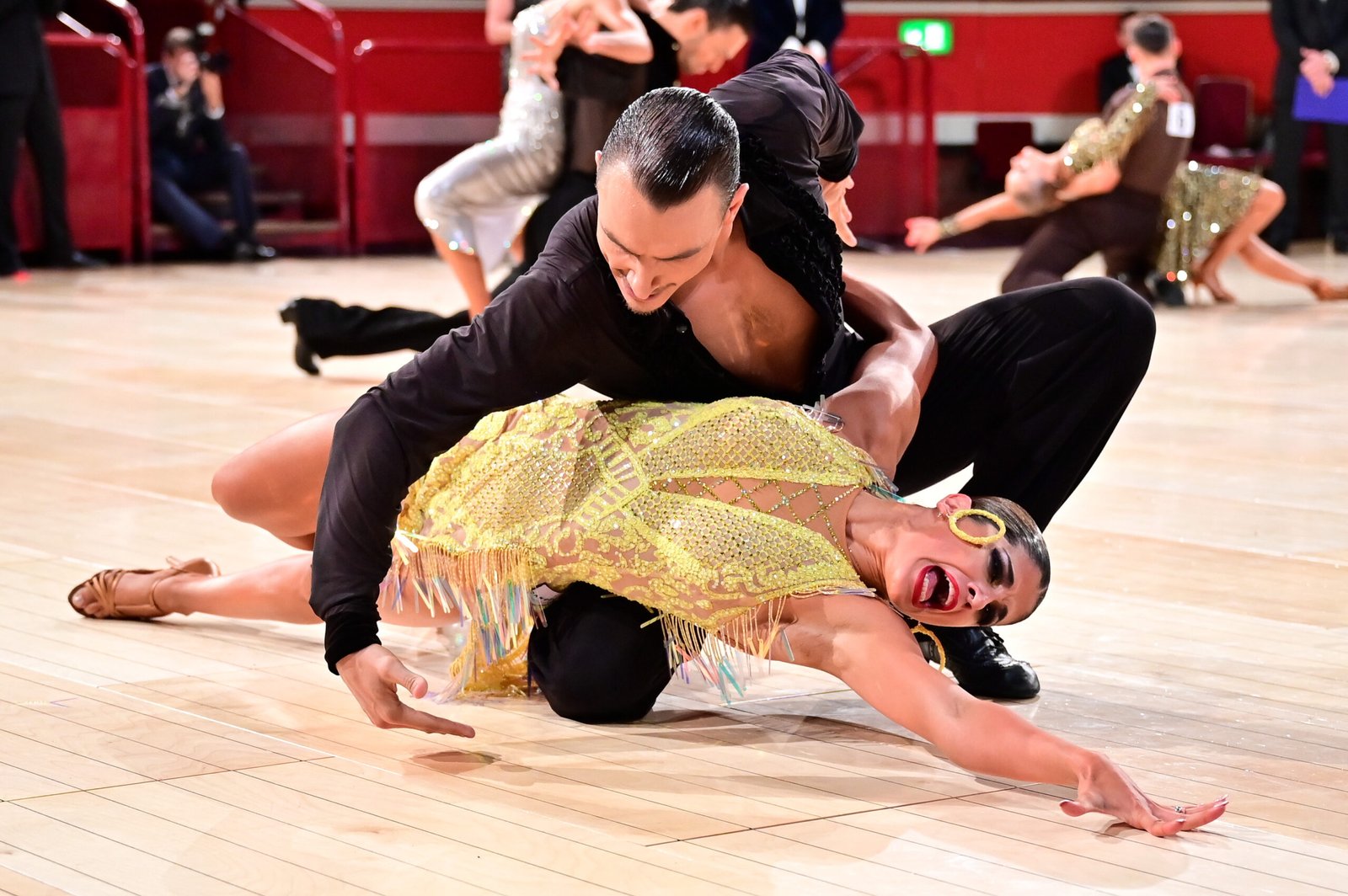 Their creative process is not a structured blueprint but a relentless pursuit of reinvention. After every competition, they study their performances with a scrutinising eye, dissecting each movement, analysing what worked and what didn’t. What feels explosive in an empty studio can often fall flat in the unpredictable energy of a live competition. They experiment constantly, even in the most ordinary moments—dancing in their tiny living room, tripping over furniture, pausing mid-step to yell, “Wait, try THIS!” Most ideas don’t survive the process. The few that do are the ones that make them unforgettable.
Their creative process is not a structured blueprint but a relentless pursuit of reinvention. After every competition, they study their performances with a scrutinising eye, dissecting each movement, analysing what worked and what didn’t. What feels explosive in an empty studio can often fall flat in the unpredictable energy of a live competition. They experiment constantly, even in the most ordinary moments—dancing in their tiny living room, tripping over furniture, pausing mid-step to yell, “Wait, try THIS!” Most ideas don’t survive the process. The few that do are the ones that make them unforgettable.
 During the pandemic, when the world came to a standstill, they refused to stagnate. They took flamenco lessons to deepen their paso doble, studied boogaloo to inject new life into cha-cha, and explored African dance roots to rediscover samba. It was never about following trends; it was about understanding the essence of every style, stripping dance down to its rawest form. Now, when they see dancers incorporating movements they pioneered, it serves as both validation and a reminder—true innovation requires fearlessness.
During the pandemic, when the world came to a standstill, they refused to stagnate. They took flamenco lessons to deepen their paso doble, studied boogaloo to inject new life into cha-cha, and explored African dance roots to rediscover samba. It was never about following trends; it was about understanding the essence of every style, stripping dance down to its rawest form. Now, when they see dancers incorporating movements they pioneered, it serves as both validation and a reminder—true innovation requires fearlessness.
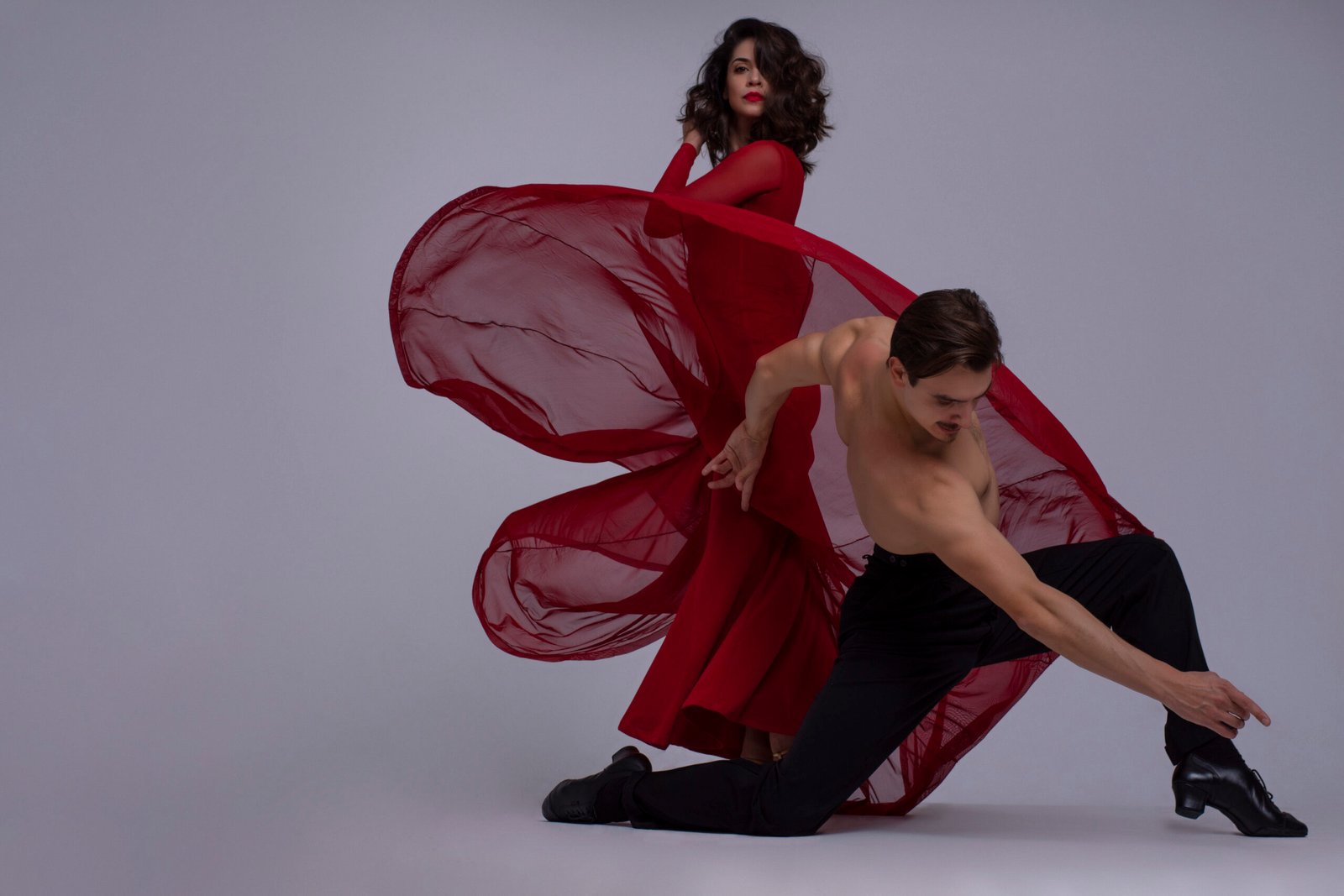 Yet, no performance has defined them more than the one they dedicated to Ukraine during the war. It was not their most technically difficult routine, but it was their most emotionally demanding. Ganna’s family remained in Ukraine, facing the horrors of war, while she and Valentin tried to channel their fear and grief into movement. That night, the audience’s silence was louder than any applause. Every breath in the room felt synchronised, every heart beating in unison. By the end, Ganna broke. She collapsed into tears, overwhelmed not just by the weight of the moment, but by the devastating truth that no amount of dancing could change what was happening. The ovation lasted minutes, but it was the stillness during the performance that left the deepest impact.
Yet, no performance has defined them more than the one they dedicated to Ukraine during the war. It was not their most technically difficult routine, but it was their most emotionally demanding. Ganna’s family remained in Ukraine, facing the horrors of war, while she and Valentin tried to channel their fear and grief into movement. That night, the audience’s silence was louder than any applause. Every breath in the room felt synchronised, every heart beating in unison. By the end, Ganna broke. She collapsed into tears, overwhelmed not just by the weight of the moment, but by the devastating truth that no amount of dancing could change what was happening. The ovation lasted minutes, but it was the stillness during the performance that left the deepest impact.
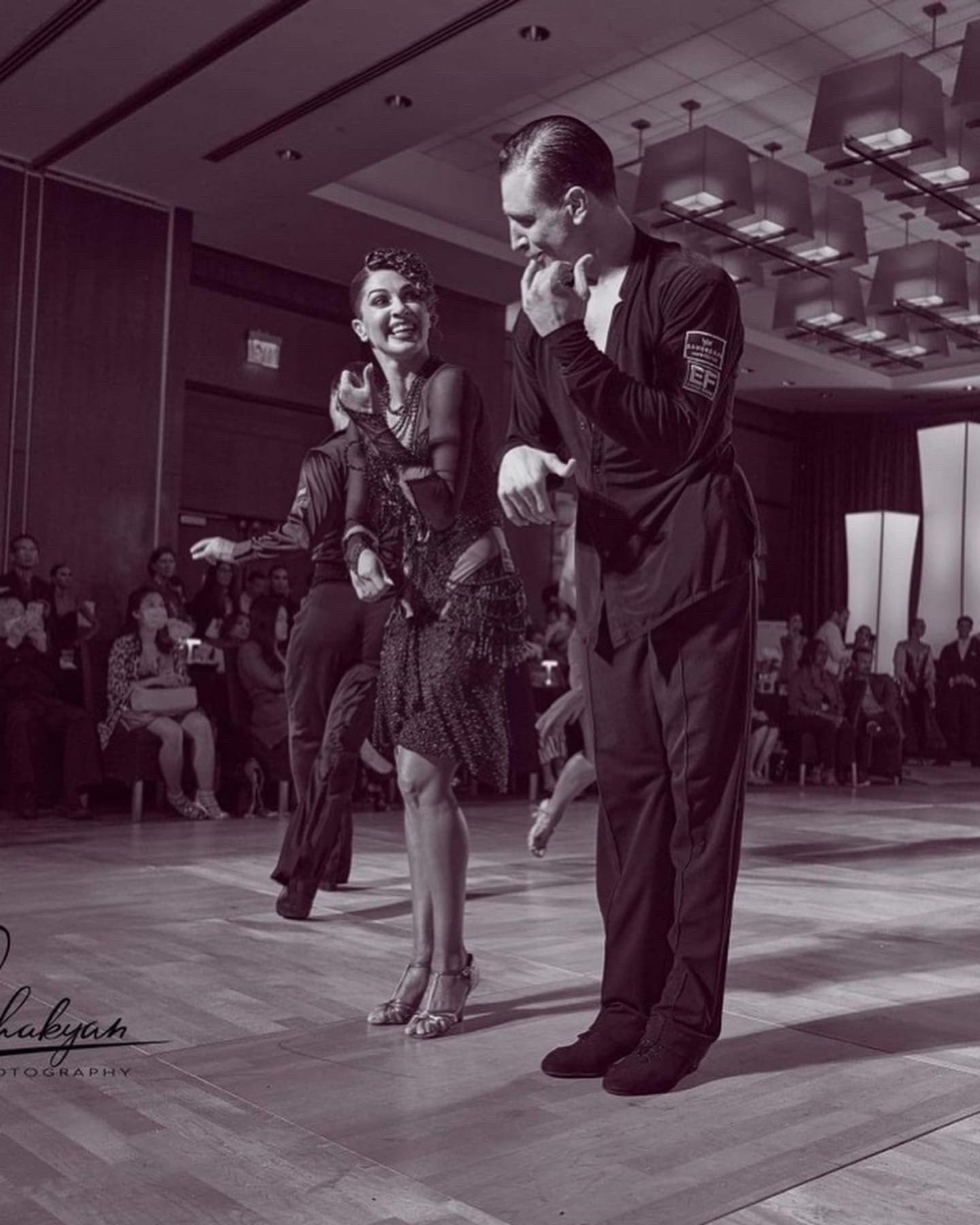 For all the breathtaking performances, there is an unglamorous side to their partnership—one filled with arguments, frustration, and the exhaustion of chasing perfection. Ninety percent of their fights happen in the studio, where even the smallest details become battlegrounds. Valentin, usually composed, is different during practice, pushing Ganna to her limits. She knows it isn’t personal, but that doesn’t mean she doesn’t get mad. When she does, Valentin knows better than to argue—he just runs. Yet, no matter how intense the disagreements become, they have one rule: what happens on the dance floor stays there.
For all the breathtaking performances, there is an unglamorous side to their partnership—one filled with arguments, frustration, and the exhaustion of chasing perfection. Ninety percent of their fights happen in the studio, where even the smallest details become battlegrounds. Valentin, usually composed, is different during practice, pushing Ganna to her limits. She knows it isn’t personal, but that doesn’t mean she doesn’t get mad. When she does, Valentin knows better than to argue—he just runs. Yet, no matter how intense the disagreements become, they have one rule: what happens on the dance floor stays there.
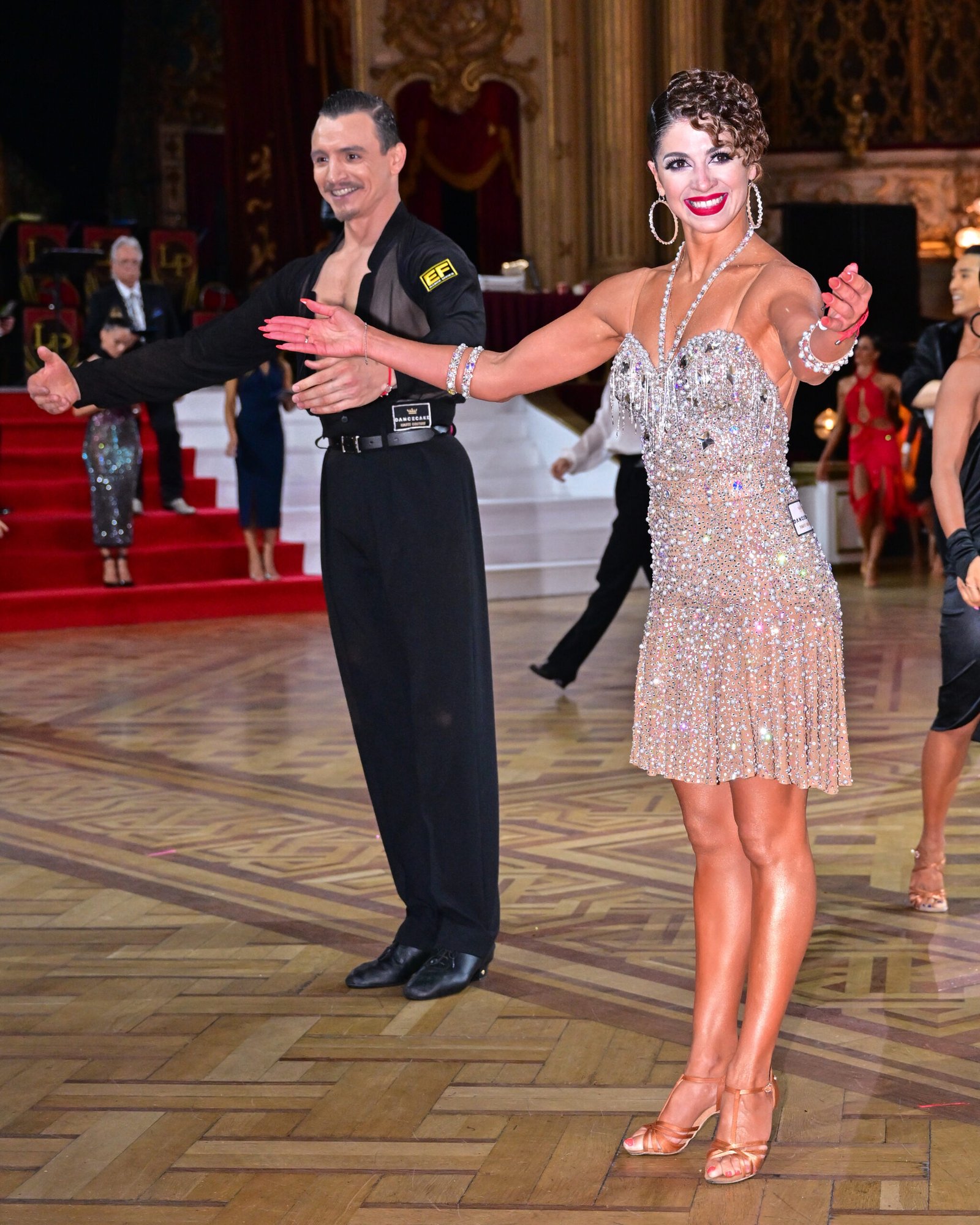 Beyond dance, their lives are built on discipline. Nutrition and fitness are not just routines but necessities. Valentin is obsessive about vitamins, reminding Ganna daily about iron and probiotics. Their diet is strict, filled with lean proteins and complex carbs, with sugar nearly nonexistent—though their shared love for sweets means the occasional indulgence. Fitness, too, is constantly evolving, shifting between weight training, yoga, and flexibility work, depending on what their bodies demand at any given time.
Beyond dance, their lives are built on discipline. Nutrition and fitness are not just routines but necessities. Valentin is obsessive about vitamins, reminding Ganna daily about iron and probiotics. Their diet is strict, filled with lean proteins and complex carbs, with sugar nearly nonexistent—though their shared love for sweets means the occasional indulgence. Fitness, too, is constantly evolving, shifting between weight training, yoga, and flexibility work, depending on what their bodies demand at any given time.
 When burnout creeps in, they step away. Not forever—just long enough to reset. Sometimes it’s a long walk, a day spent watching movies, or an unplanned “cheat day” with forbidden treats. The next morning, the hunger to dance always returns. It is trust that keeps them going—the unshakable belief that they are stronger together than apart. They don’t just dance for medals or applause; they dance because it is the only way they know how to exist.
When burnout creeps in, they step away. Not forever—just long enough to reset. Sometimes it’s a long walk, a day spent watching movies, or an unplanned “cheat day” with forbidden treats. The next morning, the hunger to dance always returns. It is trust that keeps them going—the unshakable belief that they are stronger together than apart. They don’t just dance for medals or applause; they dance because it is the only way they know how to exist.
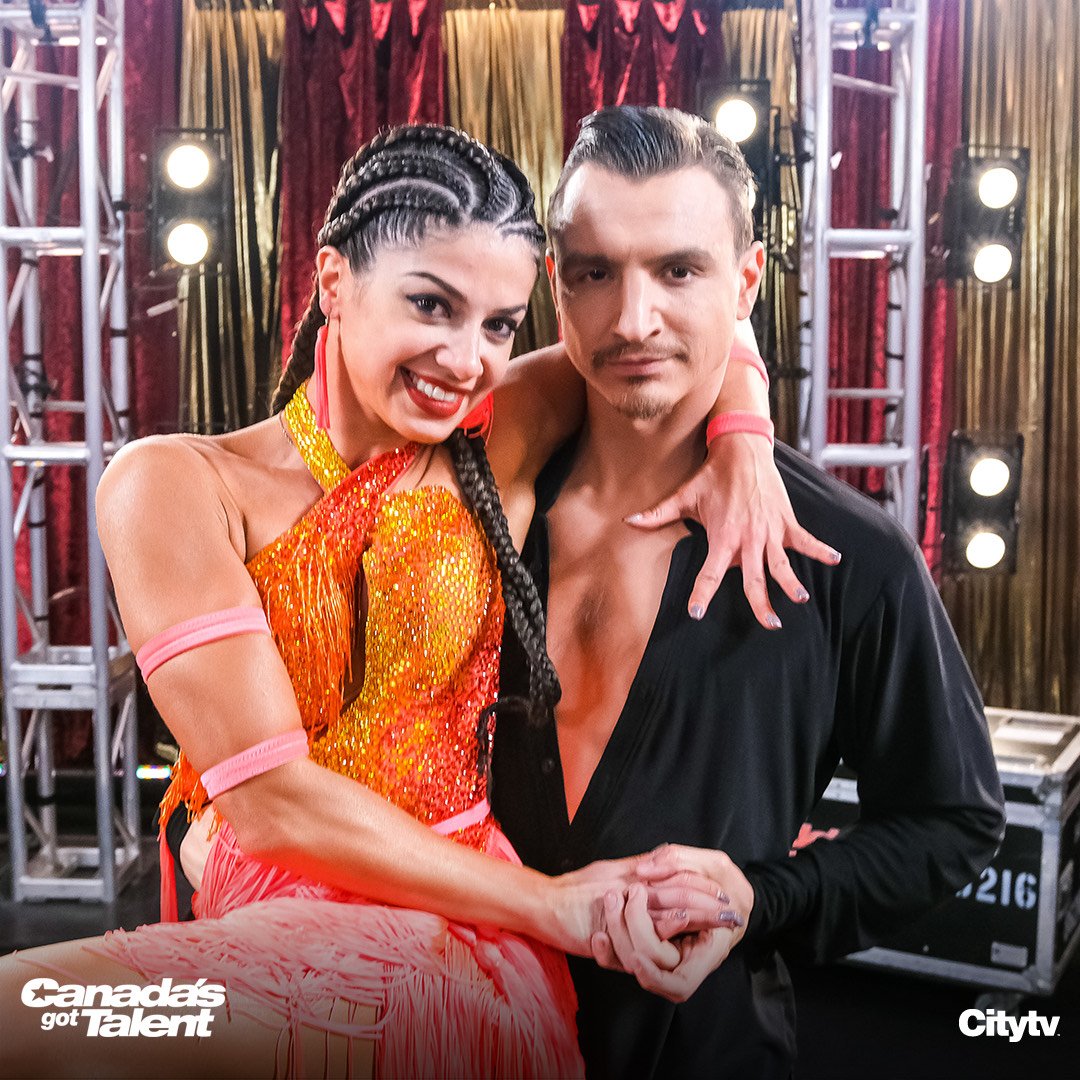 For those who dream of following in their footsteps, Valentin and Ganna offer simple but profound advice: Be ruthless with your why. If you dance for trophies, you’ll get them. If you dance to move people, you’ll leave a legacy. The dance floor never lies—if your passion is real, it will show.
For those who dream of following in their footsteps, Valentin and Ganna offer simple but profound advice: Be ruthless with your why. If you dance for trophies, you’ll get them. If you dance to move people, you’ll leave a legacy. The dance floor never lies—if your passion is real, it will show.
Their own relationship defies traditional boundaries between personal and professional life. In the beginning, they tried to separate the two—dancers in the studio, “normal” people at home. It felt artificial, like playing roles that didn’t quite fit. Now, they embrace the chaos. Dance is their language, their inside joke, the way they process both joy and grief. They switch between being competitors, partners, and best friends with seamless ease. Some days, their world revolves around rehearsals. Others, they lock the studio doors and simply exist outside of dance.
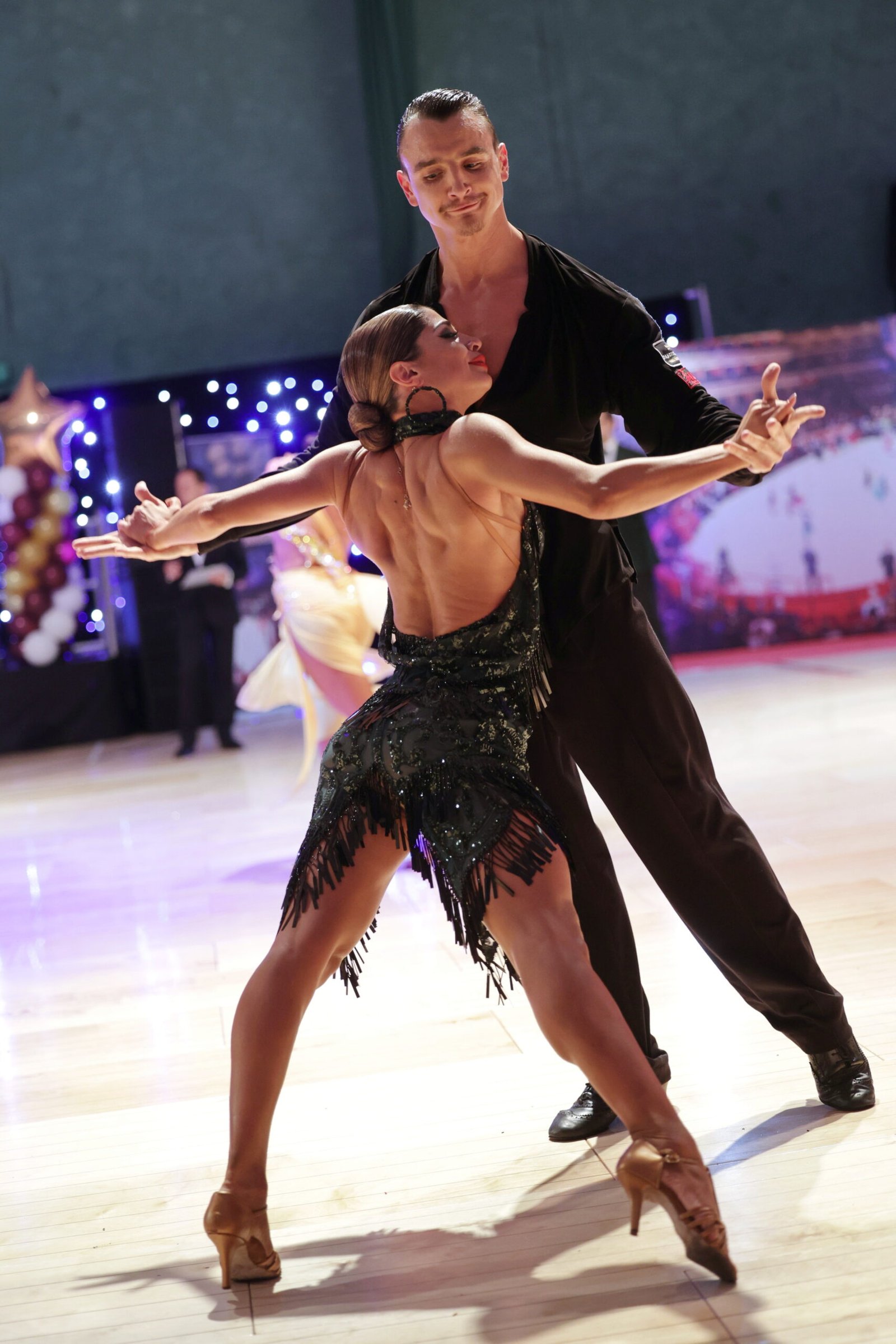 The future, for them, is not a rigid plan. They have stopped chasing goals and started chasing moments. Whether through social media, teaching, or performing across the world, their purpose remains the same—to remind people that dance is not just technique and politics. It is emotion. It is storytelling. It is the art of making people feel.
The future, for them, is not a rigid plan. They have stopped chasing goals and started chasing moments. Whether through social media, teaching, or performing across the world, their purpose remains the same—to remind people that dance is not just technique and politics. It is emotion. It is storytelling. It is the art of making people feel.
And as long as there is music, they will keep moving, not for trophies, not for validation, but because they love it.
